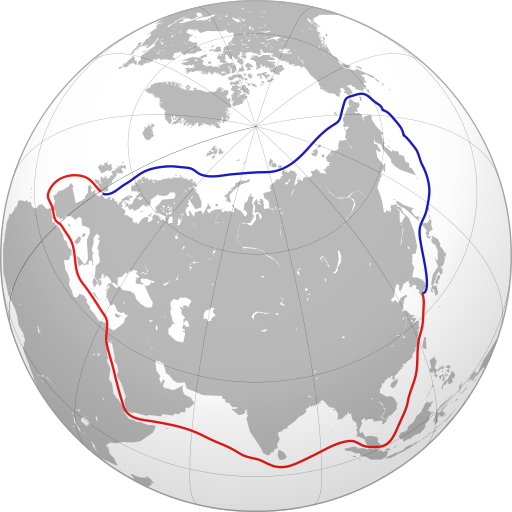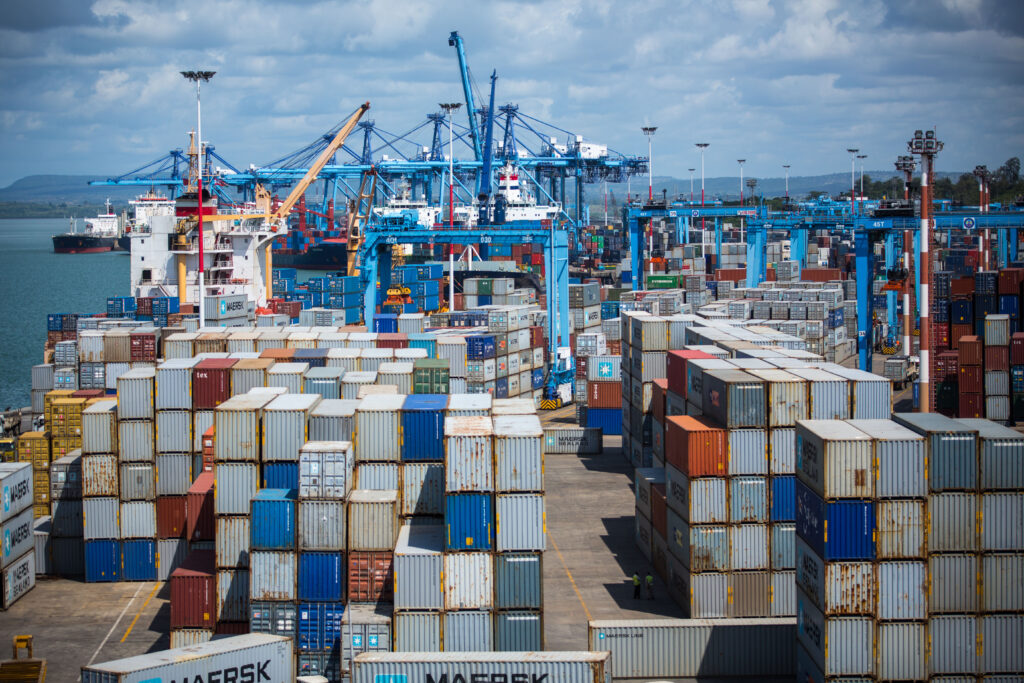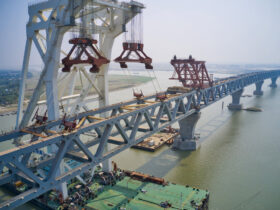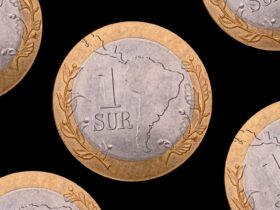The view of the world from the North Pole is not a common perspective. Most of us may only recognize it from the white-on-blue flag of the United Nations. However, this view of the world may become increasingly common as climate change opens new opportunities for Arctic trade routes. Scientists predict ice-free summers in the Arctic Ocean by the end of the decade and navigable winters by the mid-21st century. Regardless of how one may feel about environmental politics, the question of the polar caps melting is not one of “if” but “when.” The opening of these trade routes is of particular interest to certain actors and nations and has the potential to change the face of global trade.

A dream of the 17th century explorer Henry Hudson, the fabled Northwest Passage over Canada was first navigated in 1906 by the Norwegian Roald Engelbregt Gravning Amundsen. The other Arctic Sea route, the Northeast Passage over Russia’s northern coast, more commonly called the Northern Sea Route (NSR), is a Russian-legislated shipping lane. The Russian Federation has already started developing infrastructure to service the NSR. Between 2009-2013 maritime traffic has improved from a handful of vessels to several hundred per year. While most are vessels conducting research, several trade voyages have been made. Thus far, Norway and Russia have been the primary navigators. However, in the past few years, Chinese shipping giant COSCO has turned its eyes northward. This past fall, COSCO’s Yong Sheng became the first container-transporting vessel to make a journey from Dailan to Rotterdam via the NSR. Huigen Yang, Director General of the Polar Research Institute of China, announced in 2013 that as much as fifteen percent of China’s maritime trade may travel via the NSR by 2020.
Most data estimates suggest that roughly 90% of mercantile trade is maritime. For China, the potential of Arctic routes could represent savings in the magnitude of hundreds of billions of dollars. According to Qi Shaobin, a professor at Dalian Maritime University: “Once the new passage is opened, it will change the market pattern of the global shipping industry because it will shorten the maritime distance significantly among the Chinese, European and North American markets.” Moreover, China’s traditional route to European ports passes through pirate-infested waters that the Arctic Route would bypass.
There is an undeniable economic advantage to Arctic Trade Routes that connect China to both Europe and the East Coast of the United States. Currently, the typical shipping time from Shanghai to Rotterdam is 25 days, Shanghai to Los Angeles is 13 days, and Los Angeles to New York is seven days by rail. Rotterdam to New York is another nine-day sail. However, a Northern Sea Route to Rotterdam from Shanghai would shorten the journey to 10 days, making a sail from Shanghai to New York via Rotterdam last only 19 days. Without any time lost with stopovers and putting cargo on rails, the current route to New York from Shanghai is twenty days, an Arctic route would be nineteen days at most.

As the Arctic’s pristine environment becomes accessible, commercial shipping is not the only encroaching human activity. Reduced sea ice is making an estimated 30% of the world’s natural gas and 15% of the world’s oil accessible. The combined potentials of Arctic shipping and resource extraction may tilt the scale in favor of developing economic infrastructure over environmental preservation in the Arctic. Professor Lassi Heininen, an expert in Arctic issues at the University of Lapland, describes this problem as a paradox by which less sea ice means better access and thus more human activities, which leads to less ice. Professor Heininen stressed the question: “Are we willing to lose the Arctic’s beauty, or do we try to keep it for our grandchildren?”

The Arctic region is governed by a combination of international agreements including the UN Convention on the Law of the Seas (UNCLOS) and multilateral governance institutions such as the International Maritime Organization (IMO), a UN agency, and The Arctic Council (AC). The AC is comprised of the eight nations that intersect the Arctic Circle: the United States, Canada, Russia, Norway, Finland, Iceland, Sweden, and the Kingdom of Denmark (by virtue of Greenland). In recent years, the AC has passed agreements on search and rescue protocols and the IMO is finalizing a shipping ‘Polar Code‘ that is expected to be codified by 2016.
Infrastructure is still the key obstacle to the expansion of trans-Arctic trade. There are few ports in the Arctic and they are critically underdeveloped. Missing too are extensive maritime charts as well as search and rescue capabilities. While the AC has passed a search and rescue agreement for cooperation between Arctic States, investment in these capabilities remains minimal. Icebreakers are expensive and the largest fleets number in the tens. Additionally, maritime laws and insurance standards in the draft of the IMO’s Polar Code need to be finalized before any substantial shipping would occur.
Thus far, Russia has been the only player to make significant commitments to development by reopening dormant research stations and Arctic ports. Canada has done little aside from accepting a legal framework for multilateral cooperation on paper. Notwithstanding, there has been an increase in maritime activity through Canada’s Arctic waters:

Gustaf Lind, the Swedish ambassador to the AC, accepted the possibility of Arctic Ocean trade. But, he noted: “I don’t think we will see much shipping for quite some time.” Mike Keenan, an economist at the Port of Los Angeles, explained: “You need long stretches that are regularly free of sea-ice and right now you don’t have that.” With regard to how a port can respond to the dramatic effects of climate change, Keenan continued: “there’s a limit to what [the port]can do if you have a serious time advantage…the priority should be to focus on climate change and sea level rise.”
Perhaps it is too early to quantify the effect of Arctic Sea Routes on global shipping trade. Polar Codes and Arctic governance institutions can provide limited solutions to the challenges facing the Arctic, a region on the front line of climate change. What is clear is that climate change will affect more than global weather patterns. It will have an impact on all human activities. Understanding these changes and ensuring that governments address the fundamental problem of a changing environment is ultimately the best way forward.
The views expressed by the author do not necessarily reflect those of the Glimpse from the Globe staff and editorial board.









